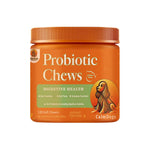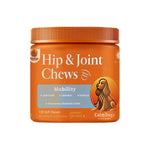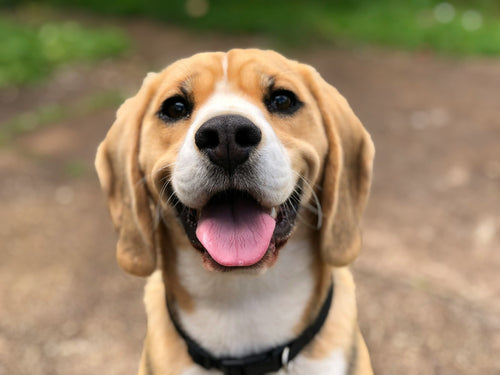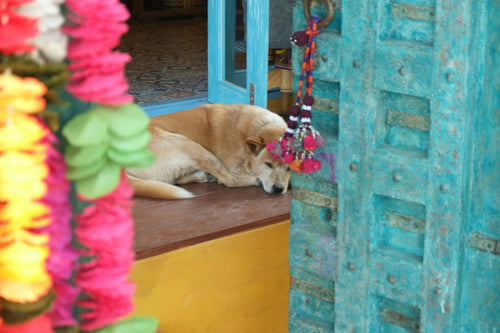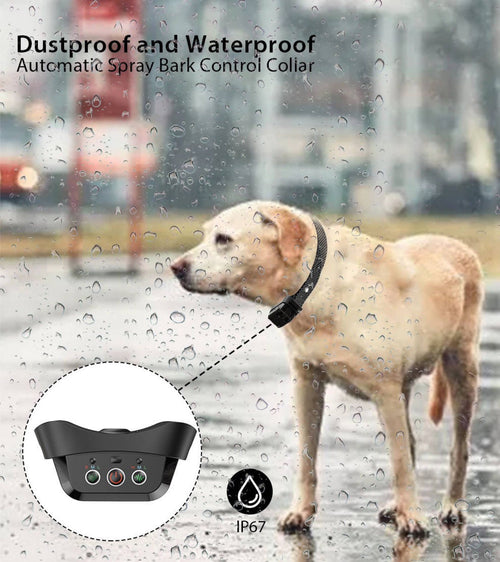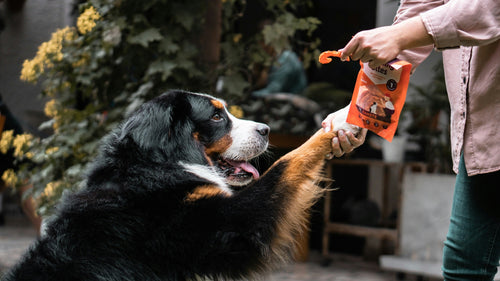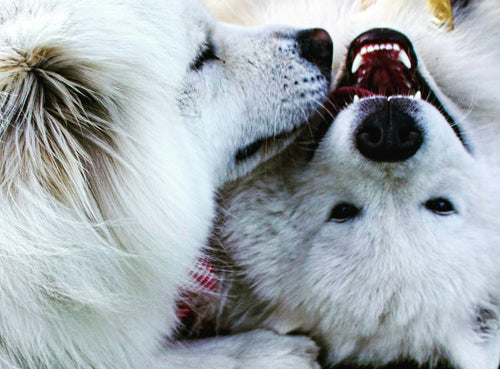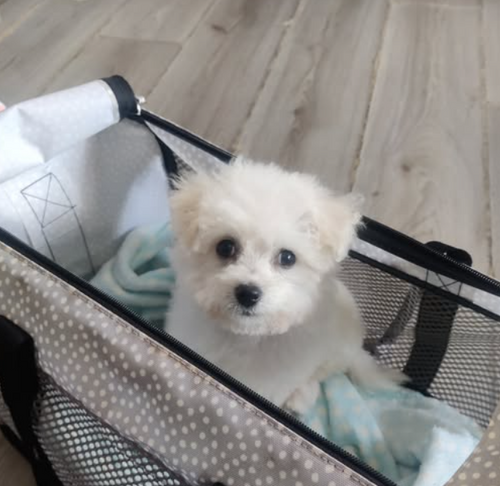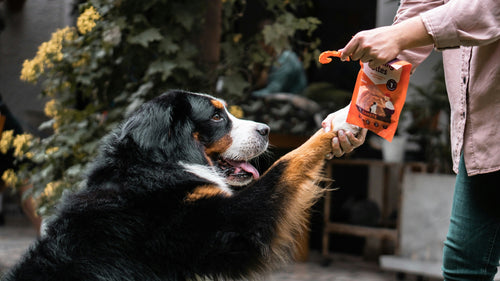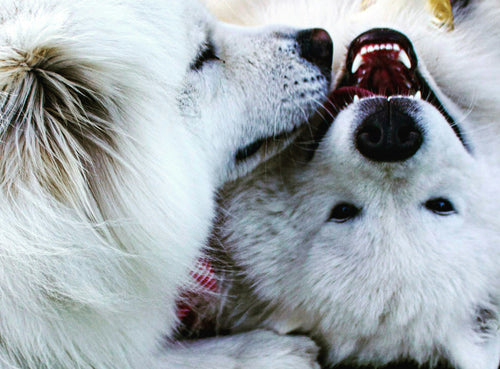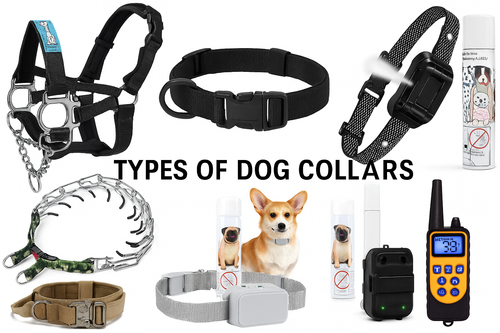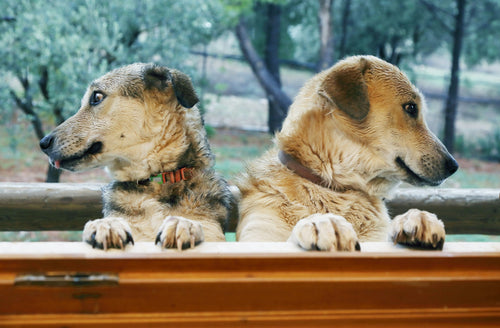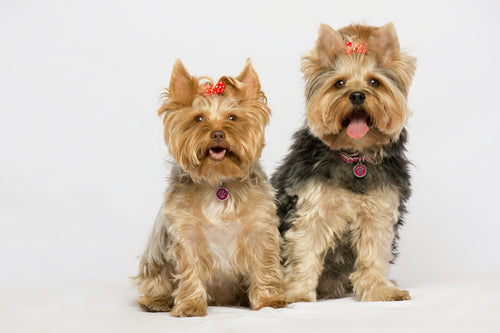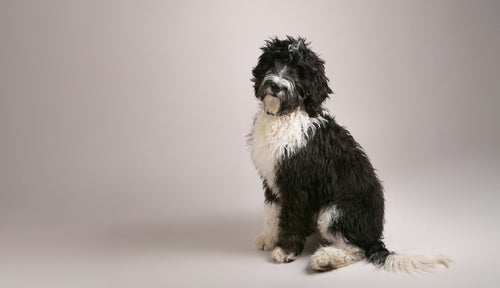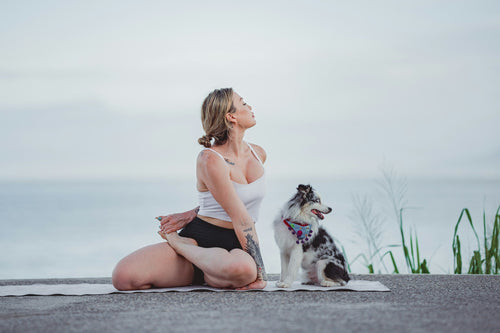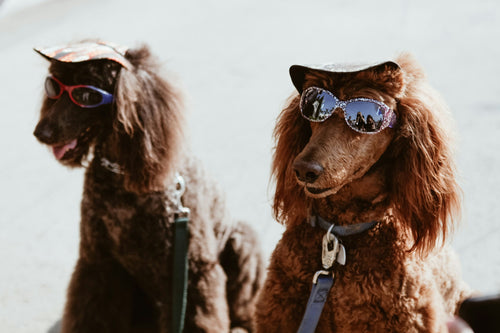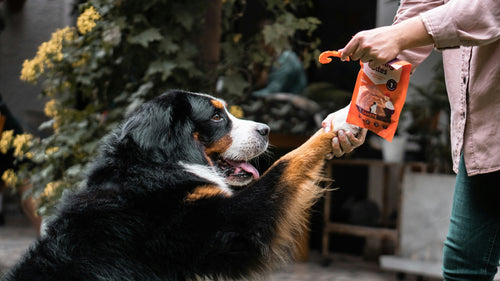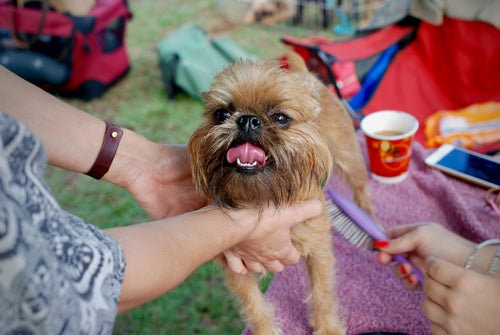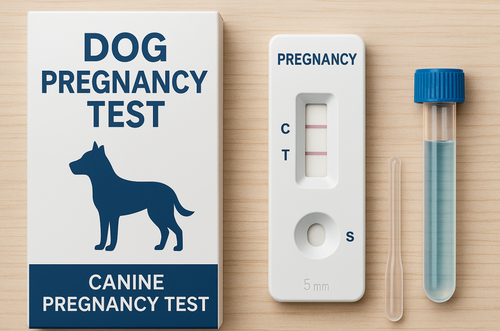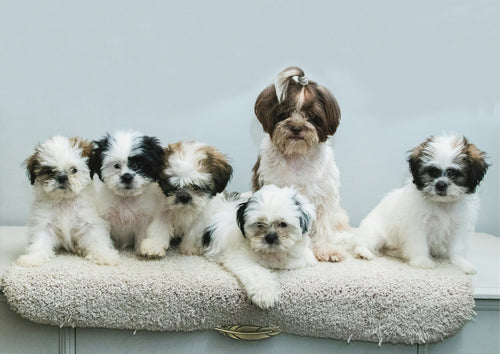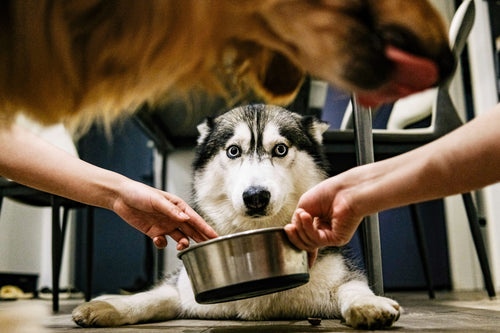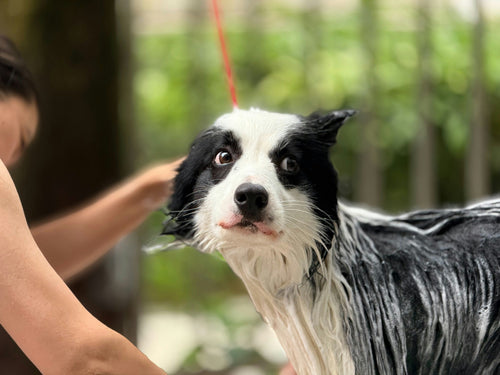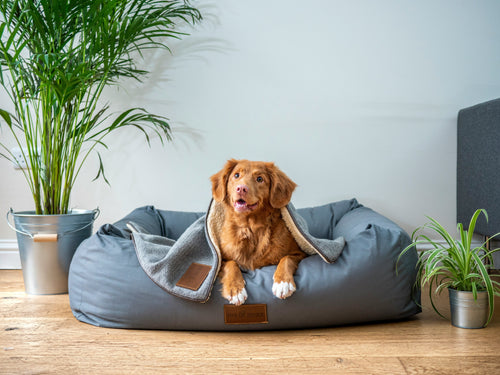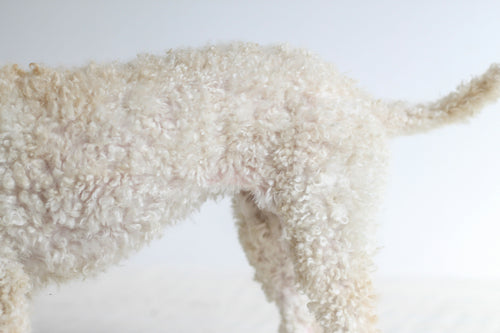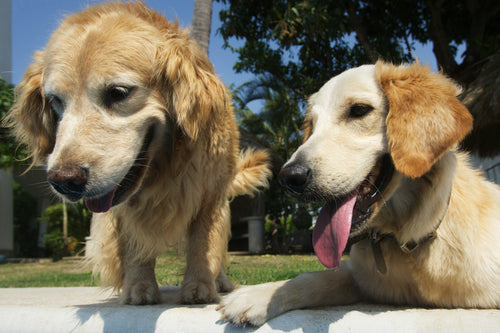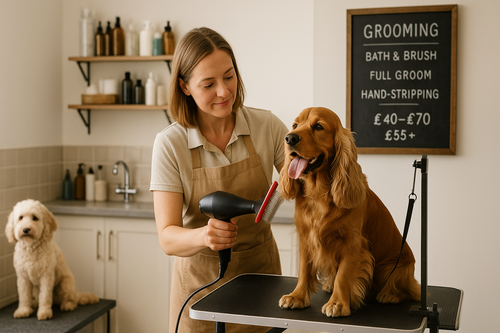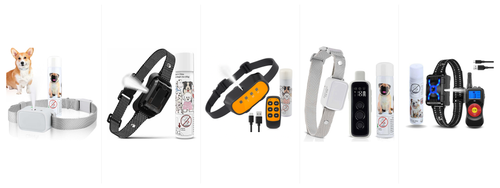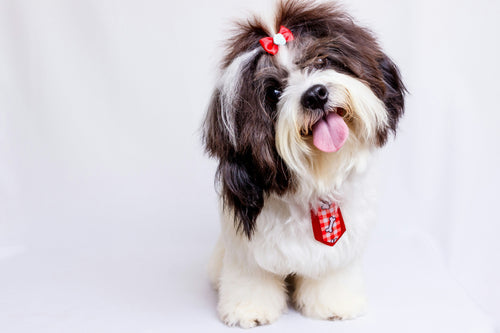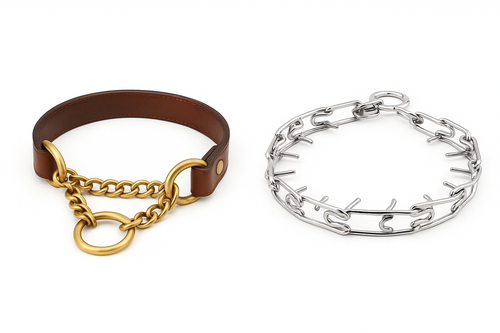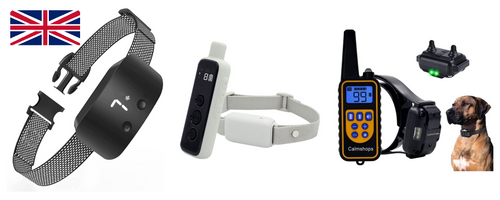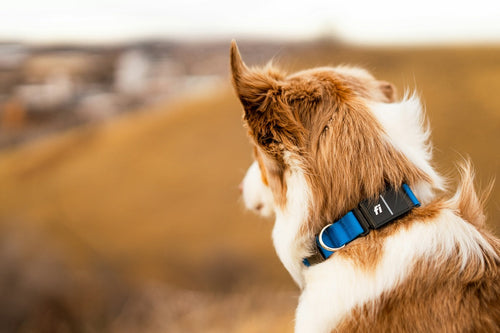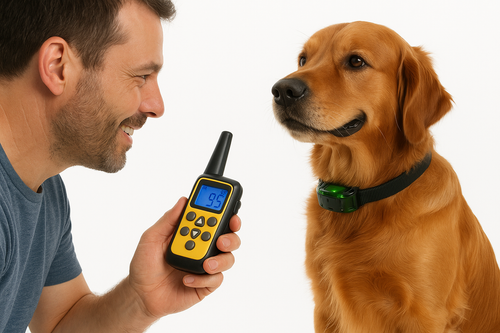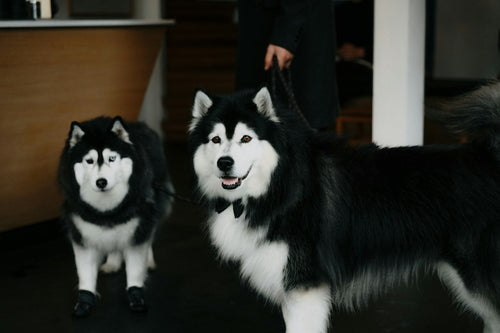Driving with your dog can be a wonderful experience, enhancing road trips and daily commutes alike. However, ensuring your furry friend's safety in the car is crucial for both their well-being and the safety of all passengers. In this comprehensive guide, we'll explore the best practices for driving with your dog, covering everything from legal requirements and restraint options to positioning and emergency preparedness. By the end, you'll be equipped with the knowledge to make every car journey with your pet safe and enjoyable.
Legal Requirements and Recommendations
Before hitting the road with your dog, it's important to understand any local laws or regulations regarding pets in vehicles. While these laws can vary, the general consensus is clear: dogs should be restrained in a moving vehicle to prevent distractions and protect all occupants in case of an accident.
In many places, driving with an unrestrained dog can result in fines and, more importantly, pose serious safety risks. An unrestrained dog can become a projectile in a collision, endangering themselves and other passengers. Additionally, a loose dog can distract the driver, increasing the likelihood of an accident.
To avoid these risks, follow these basic recommendations:
- Always use a proper restraint system for your dog.
- Never allow your dog to sit on your lap while driving.
- Keep your dog in the back seat to avoid interference with the driver and airbags.
Dog Car Restraint Options
There are several effective ways to secure your dog in the car, each with its own benefits. Here are the most common restraint options:
1. Dog Seat Belts and Harnesses



Dog seat belts and harnesses are designed to keep your dog securely in place during car rides. These devices attach to your car's existing seat belt system and typically include a harness that distributes force across your dog's body, reducing the risk of injury in a sudden stop or collision.
How to Use:
- Select a harness that fits your dog's size and weight.
- Attach the harness to the seat belt using the provided clip or strap.
- Adjust the harness to ensure a snug fit without restricting movement.
Benefits:
- Keeps your dog in place, reducing driver distraction.
- Distributes force to prevent injury in a crash.
- Allows for some movement and comfort.
2. Dog Car Seats and Booster Seats

For smaller dogs, car seats and booster seats can provide an added layer of safety and comfort. These seats elevate your dog, giving them a better view while keeping them secure.
How to Use:
- Choose a car seat appropriate for your dog's size.
- Secure the seat to your car's seat using built-in straps.
- Use a harness to attach your dog to the car seat.
Benefits:
- Elevates smaller dogs for a better view.
- Provides additional padding and comfort.
- Helps reduce motion sickness by allowing your dog to see out the window.
3. Crates and Carriers
Crates and carriers offer a contained space for your dog, making them ideal for longer trips or for dogs that are anxious during car rides. These can be secured in the back seat or the cargo area of your vehicle.
How to Use:
- Select a crate or carrier that is appropriately sized for your dog.
- Place the crate in the back seat or cargo area.
- Secure the crate using seat belts or other restraints to prevent movement.
Benefits:
- Provides a secure and familiar space for your dog.
- Helps contain any mess or shedding.
- Ideal for longer trips or anxious dogs.
Positioning Your Dog in the Car
Positioning your dog correctly in the car is crucial for their safety. The back seat is generally the safest place for your dog, as it keeps them away from the front airbags, which can be harmful in a collision.
Key Tips:
- Back Seat Only: Always place your dog in the back seat. The front seat airbags can cause serious injury to dogs in the event of an accident.
- Secure Restraint: Ensure your dog is secured with a seat belt, car seat, or crate to prevent movement and distraction.
- No Window Hanging: Avoid allowing your dog to hang out of the window. While dogs may enjoy the breeze, this poses significant risks, including debris hitting their face or the possibility of falling out.
Preparing for the Trip

Proper preparation can make car travel more comfortable and less stressful for your dog. Here are some tips to get ready:
1. Acclimate Your Dog to Car Rides
Before embarking on long trips, take your dog on short drives to help them get used to the car. Reward them with treats and praise to create a positive association with car travel.
2. Feeding and Hydration
Avoid feeding your dog a large meal right before the trip to prevent motion sickness. Instead, offer small snacks and ensure they have access to water. Bring a portable water bowl for hydration breaks.
3. Regular Breaks
On long trips, plan for regular stops to let your dog stretch, relieve themselves, and drink water. Aim for breaks every two to three hours to keep your dog comfortable and relaxed.
Comfort and Safety Accessories
Investing in the right accessories can significantly enhance your dog's comfort and safety during car rides. Here are some must-have items:
1. Seat Covers
Protect your car seats from hair, dirt, and scratches with durable seat covers. Look for waterproof options that are easy to clean.
2. Window Shades
Keep your car cool and comfortable by using window shades to block direct sunlight. This helps prevent overheating and reduces glare for your dog.
3. Travel Water Bowls
Collapsible travel water bowls are convenient for hydration breaks. Choose a leak-proof design to avoid spills.
4. Calming Products
If your dog experiences anxiety during car rides, consider using calming products such as pheromone sprays, calming collars, or anxiety wraps. These can help reduce stress and make the journey more pleasant for your pet.
Emergency Preparedness
Being prepared for emergencies is essential when traveling with your dog. Here's what to include in your pet travel kit:
1. First Aid Kit
Pack a pet-specific first aid kit with essentials like bandages, antiseptic wipes, tweezers, and any necessary medications.
2. Spare Leash and Collar
Bring an extra leash and collar in case of damage or loss. Ensure your dog’s ID tags are up-to-date with your contact information.
3. Waste Bags
Carry enough waste bags to clean up after your dog during breaks. Dispose of waste responsibly.
4. Emergency Contact Information
Keep a list of emergency contacts, including your veterinarian's phone number and addresses of nearby animal hospitals along your route.
5. Blanket or Towel
Include a blanket or towel for comfort and to use in case of spills or accidents.
Conclusion
Driving with your dog can be a rewarding experience, but it requires careful planning and adherence to safety guidelines. By using appropriate restraint systems, positioning your dog correctly, preparing for the trip, and equipping your car with essential accessories, you can ensure that your furry friend travels safely and comfortably.
Remember, your dog's safety is just as important as yours. Implement these tips to make every car journey with your pet a safe and enjoyable adventure. Happy travels!





